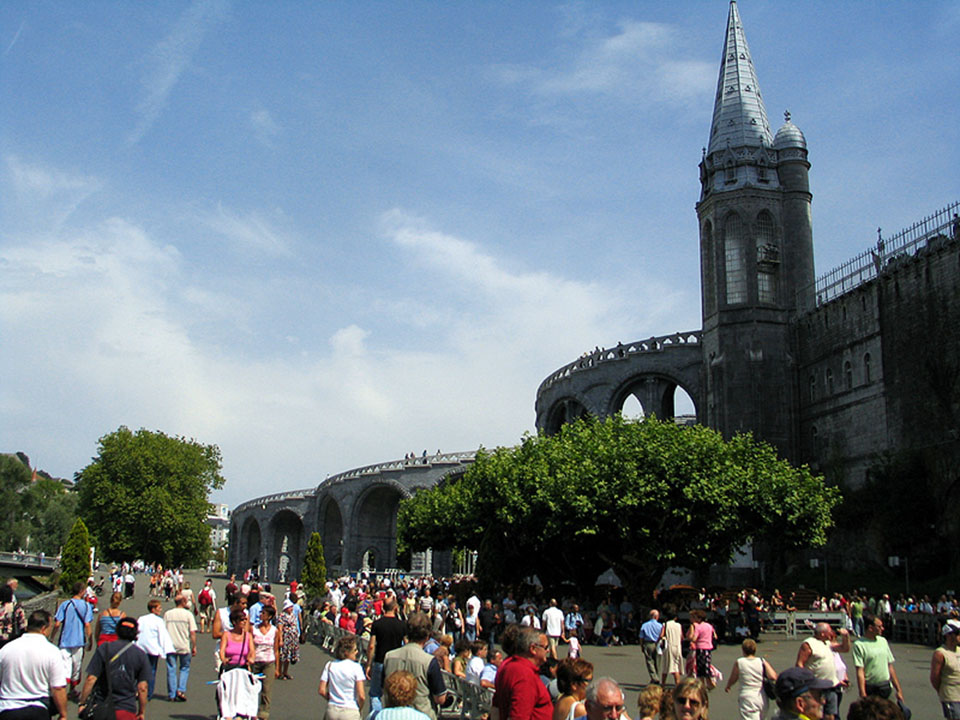
If I handed you a map of France and asked you to place your finger on the region known as Normandy, you could probably do it without too much thought. You could probably also point out the approximate locations of Brittany and Burgundy too. But what about Gascony? Or “Gascogne” as the French prefer to call it. That’s slightly more difficult, possibly because the region is less well-known. Historically, Gascogne was inhabited by Basque-related people who seem to have spoken a language like modern Basque. From the Middle Ages until the present day, the Gascon language has been spoken there. Gascony was the home of the 17th century Charles de Batz de Castelmore also known as Count d’Artagnan. He was a French Musketeer who served Louis XIV as captain of the Musketeers of the Guard. He later became the inspiration for the character d’Artagnan in the adventure novel The Three Musketeers by Alexandre Dumas.
Looking again at our map of France, Gascony covers the entire lower left corner of the country on the Atlantic coast, from Bordeaux in the north, to Toulouse in the east and to the Pyrenees mountains in the south. Because it’s a historical region, the borders are somewhat vague. Gascony is famed for its leisurely country lifestyle and especially for its Armagnac, a distinctive kind of flavourful brandy thought to be the oldest brandy in the world. Gascony is also the fourth-largest wine region in France in terms of sales and production, and the wines carry the appellation Cotes de Gascogne. It’s somewhat underrated as a wine-producing area, but many wine enthusiasts consider the wine better value that equivalent products from Bordeaux.
This rural region has been producing wine since the time of the Roman Empire and was important to Roman supply lines. During the early Middle Ages, the region was governed by England and it exported enormous quantities of wine to Britain. Gascony wines were even more popular than their Bordeaux counterparts. However, this was not to last. Because the wines were always shipped from ports in Bordeaux, many Bordeaux wine makers saw Gascony wines as a commercial threat and promptly introduced regulations which limited Gascony exports.
The geography of Gascony is perfect for viticulture, largely because of the region’s positioning between the mountains and the ocean. The Atlantic Ocean moderates the temperatures while the proximity to the mountains leads to a greater variation in temperature between day and night, which is just what the grapes prefer. Today, while most of its neighbours produce red wines, the Côtes de Gascogne produces mostly whites – around 91% to be exact. These are made from a variety of grapes, notably Colombard, Sauvignon Blanc, Sémillon and Muscadelle. They also grow a few oddly-named local varieties such as Petit Manseng and Gros Mansen along with Ugni Blanc, probably better known by its Italian name, Trebbiano.
Rare Vineyards Côtes de Gascogne Blanc 2021 (white), France (Bt. 690 @ Wine Connection)
The company that produces Rare Vineyards wine has dedicated itself to the export market and has developed expertise in sourcing wines from both Gascony and the Languedoc. Most of their wines are single varietals, and jolly good they are too. But this one seems to be a budget blend and possibly intended for export and marketed by Les Producteurs Réunis, a large wine company based in the Languedoc-Roussillon region.
The wine has a rich gold colour with a slight greenish tinge. There’s a vibrant and dominant lemony aroma with hints of tropical fruit in the background. At only 11% ABV, this is a dry wine but with a charmingly soft mouth-feel and well-balanced acidity. There’s plenty of citrus fruit on the palate and there’s an exceptionally long, clean and lemony dry finish that brings hints of lychee and pomelo.
It’s an attractive, simple wine which would make a pleasing apéritif, for the sprightly lemon flavours would kick the taste buds into anticipation. It would make a good partner to many citrus-flavoured chicken or fish dishes in sauce, because the dash of acidity would create a pleasant contrast. The label gives no hint to the grapes used in the blend, but the pronounced citrus aroma and flavour indicates that Sémillon could well be in the blend.
And talking of grapes, a report published some years ago in a leading British wine magazine revealed the staggering fact that 30% of British wine consumers cannot name a single grape variety. And note the significant phrase “British wine consumers”. Those questioned were not randomly chosen in the street, but selected from customers in the wine departments of supermarkets. That strikes me as alarming ignorance. Oh, and in case you’re wondering, according to the book Wine Grapes by wine experts Jancis Robinson and Julia Harding, there are about 10,000 grape varieties grown worldwide and 1,368 of these are used to produce wine in commercial quantities. However, most of the wine in the world is made from only about eighty grape varieties. I wonder; how many of them can you name? Well, you could start with Sémillon.






